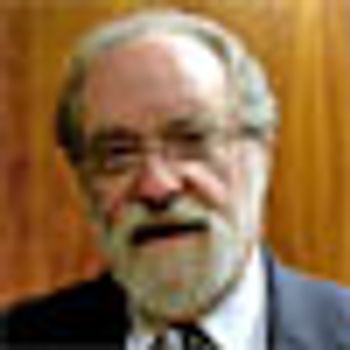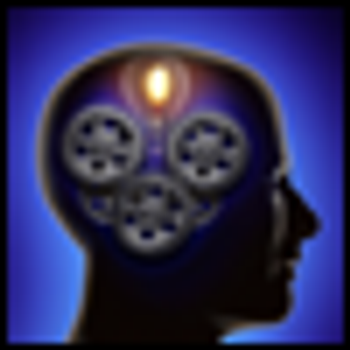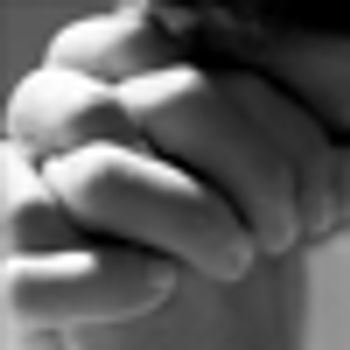
The prevalence of professional burnout ranges from 25% to 60% among practicing physicians. No wonder then, that the workshop on physician burnout was packed at the APA annual meeting.

The prevalence of professional burnout ranges from 25% to 60% among practicing physicians. No wonder then, that the workshop on physician burnout was packed at the APA annual meeting.

While regulatory controls on methadone clinics for opioid dependence resulted in treatment being physically and functionally isolated from conventional medical care, the delivery of an office-based treatment of buprenorphine and the buprenorphine/naloxone combination product over the last decade has facilitated the return of treatment to “mainstream medicine both for psychiatry and primary care."

Another day-glow orange morning . . . of jack-hammering men in the street, . . .their steam-shovel coughing black fumes

The Suicide Risk Screening Alert is a clinical tool that assists the psychiatrist and nonpsychiatric physician in identifying patients at risk for suicide during brief medication management appointments.

With the fast growth of knowledge, the challenge to keep up with the ever-growing body of information is greater than ever.

Funding for mental health services has never achieved top legislative priority, and reforms requiring parity succeeded only after years of hard-fought battles.

Ongoing shortages of several psychotropic medications have wreaked havoc among patients and their families, caused frustration and reluctant prescription switches among physicians, and prompted investigations by Congress.

BPD appears to be a neurodevelopmental disorder, influenced by the person’s genetics and brain development and shaped by early environment, including attachment and traumatic experiences.

ADHD has been significantly associated with a primary diagnosis of impulse control disorder and bipolar disorder and most commonly associated with social phobia and major depressive disorder. Details here. . .

Sleep disorders - most commonly sleep apnea - are often comorbid with psychiatric disorders. Treatment of disordered sleep can result in a significant improvement in the psychiatric disorder.

Preliminary research indicates that use of online social networking sites, such as Facebook, by adolescents who are receiving treatment for substance use disorders can negatively affect their care

Psychotherapists have fiduciary power and-from a risk management perspective-the clinician must act in a manner in which misconduct cannot be inferred. In terms of boundary violations, some preventative measures (like psychodynamic education) can be taken.

For the first time in its history, DSM-5 has shown some flexibility and capacity to correct itself. Hopefully, this is just the beginning of what will turn out to be a number of other necessary DSM-5 retreats.

The APA has invited public comment on the proposed criteria for the upcoming DSM-5 for the third and final time. From May 2 until June 15, public responses will be considered by the DSM-5 Work Groups.

National Institute of Mental HealthThe mission of NIMH is to transform the understanding and treatment of mental illnesses through basic and clinical research, paving the way for prevention, recovery, and cure.

Xavier Amador, PhD, is a clinical psychologist and an internationally sought-after speaker. Dr. Amador has over 25 years of experience working with adults, families, and couples. In addition to continuing to his private practice in New York City, Dr. Amador is the Founder and Director of the LEAP Institute. LEAP is for therapists, family members, law enforcement officers, and anyone seeking to break through an impasse with someone who is convinced they are right and you are wrong. He and the faculty at LEAP conduct regional seminars for couples and other groups.


Online: If you have not already, test your computer to be sure you can see the slide presentation and indicate to our moderator that you have a question. The process takes about 2 minutes to test your computer. Shortly before 6 p.m. EST, click here and in the PARTICIPANT window, enter access code 5237095. This will bring you to a screen to register your attendance. It is very important to enter your NAME in the dedicated field so that the moderator can call on you during the question-and-answer portion of our event.

Staying empathic and keeping the conflict within the patient instead of between the patient and health care provider, is a key to successful management.

If claims in the non-professional media can be believed, there is a “raging epidemic of mental illness” in the US, if not world-wide-and, in one version of this narrative, psychiatric treatment itself is identified as the culprit.

Sybil Exposed makes the case that the 1973 book Sybil misrepresents the facts of Shirley Mason’s life, diagnosis, and treatment. It also points to concerns that extend beyond a single case, to the diagnostic concept of multiple personalities. Still, perhaps the books suggests the need for a more systematic look at not just the case of Sybil, but also the diagnosis of dissociative identity disorder (DID).

The trouble with answering this question is that I couldn’t – and still can’t – recall the “best” memory. What much more readily came to mind are some of the worst memories.

Here, a psychiatrist interviews Charlie Maher, PsyD, CC-AASP, author of The Complete Mental Game of Baseball: Taking Charge of the Process On and Off the Field. A licensed psychologist, Dr. Maher is Professor Emeritus of Applied Psychology at Rutgers University, and serves as the Director of Psychological Services for the Cleveland Indians.

The Holocaust is well known and has been well researched. The purpose of this study was to evaluate persons 65 years after the Holocaust who remained in Poland and discovered the “secret” of their Jewish ancestry, despite not being raised as Jews.

I can just sense the uproar now. Dr. Moffic wants state hospitals again? Has he lost it? Well, yes. I do, sort of. Here’s why.

Psychology and psychiatry at the turn of the last century considered the will an indispensable category. Not so today.

How would you rate the integration of mental health treatment with addiction treatment? Where is there room for improvement?

After seeing Death of a Salesman on Broadway, I knew I had seen something extraordinary-but it was only after a few days’ separation from the performance when my mind cleared and my emotions settled that I realized 2 of the reasons that made me very appreciative to see this play as a young psychiatrist.

Research suggests there are varying versions of ADHD, and like multiple subtypes of cancer, ADHD encompasses an entire family of disorders.

An excellent study has killed two birds with one stone. It is a clear caution against the DSM-5 proposal for a psychosis risk syndrome and it should temper enthusiasm for rushing ahead with "ultra high risk" prevention programs.